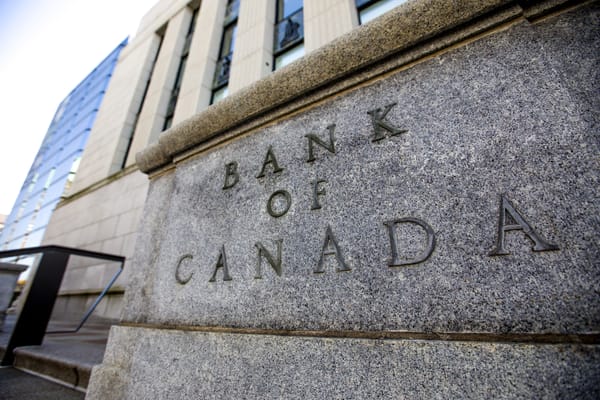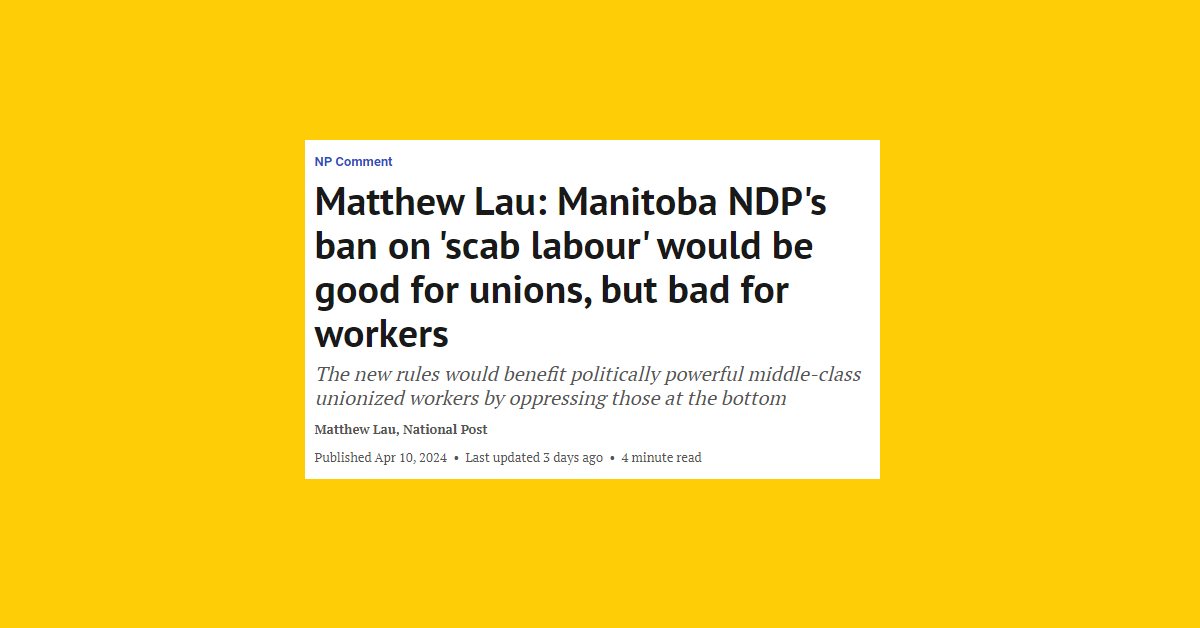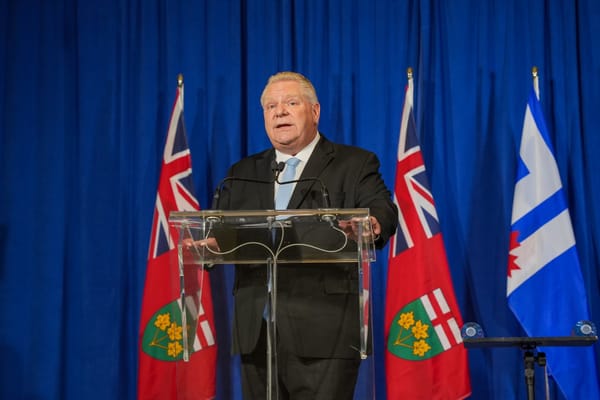
Earlier this month, the British Columbia Labour Relations Board released its annual report for 2023.
The Board’s release provides further evidence that recent labour-friendly reforms have been a boon for workers and unions.
Last year, the Board received more union certification applications than in any year since 2001 (with the exception of 2004, when a previous anti-union government forced many unions to recertify). The number of applications for new bargaining units was also significantly above the yearly average for the past 25 years.
Union organizing in Canada’s third most populous province is growing rapidly. Under a now more favourable labour law regime, workers are on the move.
In June 2022, the NDP government in B.C. passed Bill 10, reinstating card-check union certification. Under B.C.’s card-check model, unions can certify bargaining units after 55 per cent of workers have signed membership cards. Prior to this amendment to the province’s Labour Relations Code, certifying a new bargaining unit required unions to submit signed cards from a minimum of 45 per cent of potential members and then win a majority in a labour board-supervised election.
Research demonstrates that “two-step” unionization allows employers to more easily frustrate union organizing campaigns. The time between when a union submits cards and when a labour board holds a vote provides employers additional time to undermine organizing drives. Although employers in Canada are relatively constrained in what they can say during an organizing drive, they nevertheless maintain certain “free speech” rights. For example, they can’t threaten to close the business, but they can express to workers that they prefer a ‘direct relationship’ with workers (a frequent Starbucks’ talking-point).
As a general rule, the more time elapses before workers have their final say, the more opportunity employers are afforded to defeat a union drive.
Even in jurisdictions where legislation dictates that the window of time between card submission and a vote must be short (10 days in B.C.), two-step certification rules nevertheless lead to fewer newly certified bargaining units. While employer coercion is surely a significant factor in this outcome, it’s not the only one. The additional step of a mandatory vote also gives employers a range of options for procedural delay. For example, employers may contest the voting list of potential members or the validity of signed union cards.
By contrast, the much simpler, card-check model makes it easier to organize by reducing employers’ ability to intimidate workers or otherwise discourage them from unionizing.
Through the 1970s, card-check was the standard model across Canadian jurisdictions. However, over the decades right-wing governments instituted mandatory votes under the guise of ‘democracy.’ Employers continue to argue that the secret ballot vote required by two-step certification is more democratic. Yet the analogy to electoral political democracy is inapt. Voters don’t choose a political party for which to vote under threat of job loss.
Card check is meant to correct for the inherent power balance of an employment relationship and make the union election process fairer for workers.
In B.C., the numbers are in, and they make it clear why employers fear single-step unionization. This latest Labour Relations Board report provides the first full year of data demonstrating the positive impact of card-check.
In 2023, the B.C. LRB received 323 certification applications covering more than 22,000 workers. By year’s end, 8,996 workers were members of newly certified bargaining units, while many others awaited application processing or hearings.
The number of union applications grew by 48.8 per cent from the previous year. As the report demonstrates, union organizing momentum has clearly carried over from 2022.
Last May, I reported that the number of certification applications grew by 59.3 per cent in 2022, reflecting the initial impact of Bill 10. This was impressive. Yet we now know it was an understatement.
With this year’s release, the Board has altered the way it reports certification applications and has consequently updated figures from previous years. As a result, the numbers for 2022 have been revised upward. While it originally registered 172 filed applications in 2022, the Board now reports last year’s figure as 217. In other words, under what the Board characterizes as a more accurate representation of the data, 2022 actually saw certification applications more than double (from 108 in 2021 to 217 in 2022).
When we look at the last two years, the growth is still more remarkable. Between 2021 and 2023, the number of union applications received by the Board increased by almost 200 per cent, going from 108 to 323. Keep in mind as well that card-check only came into force in June of 2022.
Employers continue to insist that mandatory votes are necessary to maintain the integrity of the union certification process. Card-check, they claim, allows unions to coerce workers into joining and opens the prospect of potential fraud.
Last year, the Board performed a membership audit on 183 of the 323 proposed bargaining units. As in the previous year, the results showed that employers’ concerns about coercion and membership fraud are completely unfounded. The Board managed to contact 1,920 union members seeking certification. Of them, 1,919 indicated that they had signed their union card. In other words, one person (or 0.1 per cent of the respondents) told the Board they either didn’t sign a card or were unsure if they had. This is even down from last year when a whole 0.7 per cent informed the Board they hadn’t signed or weren’t sure.
How the Board disposed of the 323 applications (i.e., the application outcomes) also reveals much about the impact of card-check.
By year’s end, a total of 194 new bargaining units had been certified. Of these, 179 (or 92.2 per cent) were the result of card-check. Only 15 bargaining units (7.7 per cent) required an additional vote because the union chose to submit signed cards with between 45 and 54 per cent of worker support.
Unions who certified through card-check did so with an impressive average of 76 per cent of membership support, according to the report.
The Board dismissed only 19 applications, a paltry four of which because the union failed to meet the required threshold of worker support. Moreover, just four unions lost a certification vote in 2023. Let that sink in. How many of the 194 new bargaining units would have never been certified under the old mandatory vote model?
A total of 51 applications were either withdrawn or not proceeded with for some other reason. An additional 24 were withdrawn because the union had an alternative certification approved.
A further 39 certification applications remain outstanding and will carry forward to 2024. Promisingly, the Board’s report notes that a couple of these are large bargaining units with 1,000 or more workers.
If there was ever any doubt, two year’s worth of data convincingly demonstrates that card-check is delivering for workers in B.C.
As the report makes clear, however, the change back to card-check has strained the resources of the Board. An understaffed and underfunded labour board has found it challenging to process the growing number of union applications over the past year and a half. In 2001, the B.C. LRB had a staff complement of 14 vice chairs, 44 members and 58 other staff members with which to process applications and complete other work. By 2023, these figures were down to six vice chairs and 35 staff, according to this year’s report.
No doubt, a surge in certification applications is a good problem to have. But the NDP government will need to address this under-resourcing if workers’ desires for timely union representation are to be realized.
And yet, the outstanding question remains: Will B.C.’s surge in new organizing translate into a growth in union density? According to Statistics Canada, the share of the workforce who are members of a union in B.C. ticked up only slightly to 30.1 per cent last year, from 29.7 in 2022. In 2001, union density in B.C. was 35.1 per cent, above Canada’s national average.
Although there’s a long way to go, card-check is making a difference.
Recent Class Struggle Issues
- March 11 | Doug Ford’s Failed Wage Restraint Measure Has Cost Ontario Billions
- March 4 | Collective Bargaining Rights Are Being Systematically Undermined
- February 26 | An Interview With The New President Of CAPE
- February 19 | The Growing Popularity Of Right-To-Work Laws Is Troubling








Member discussion